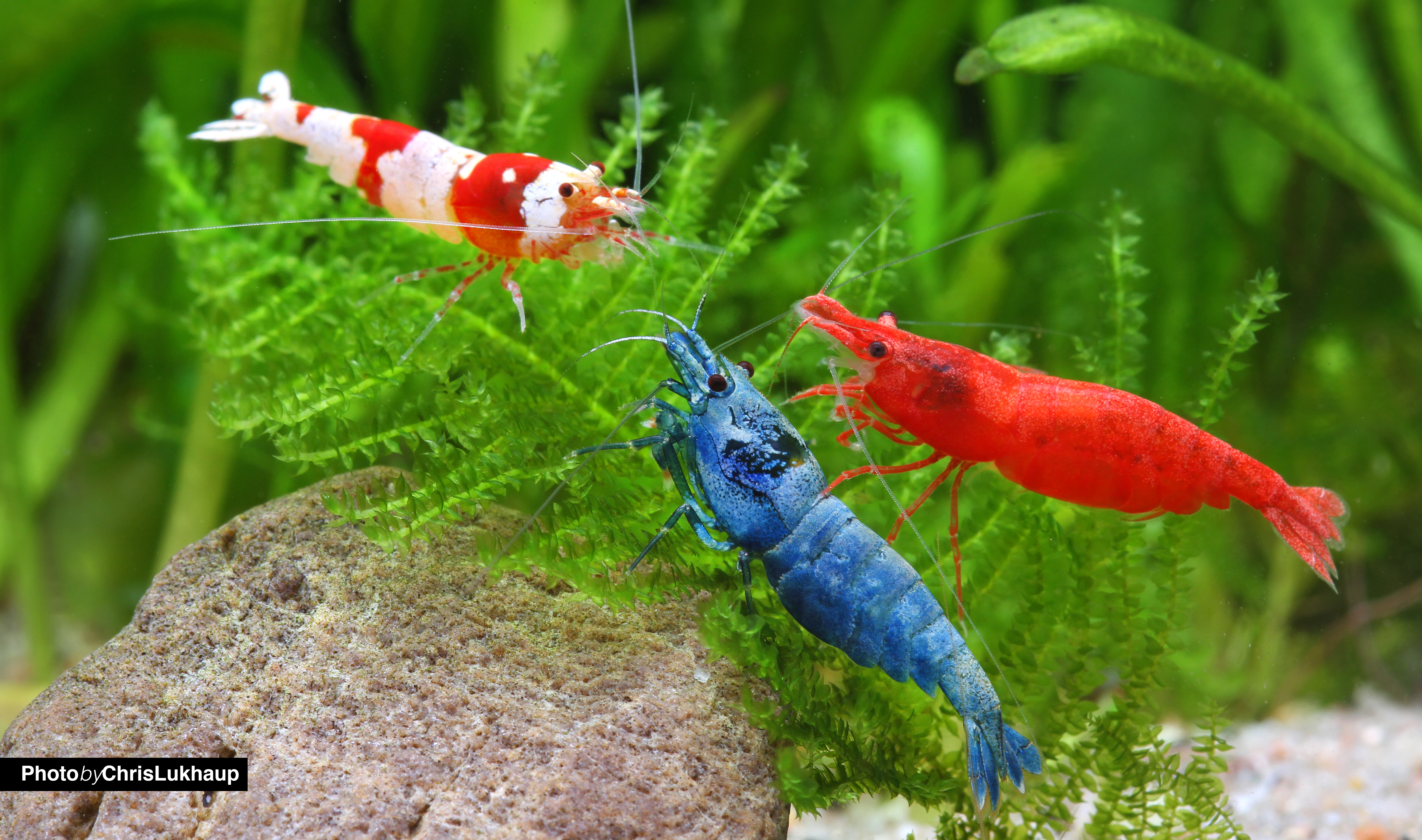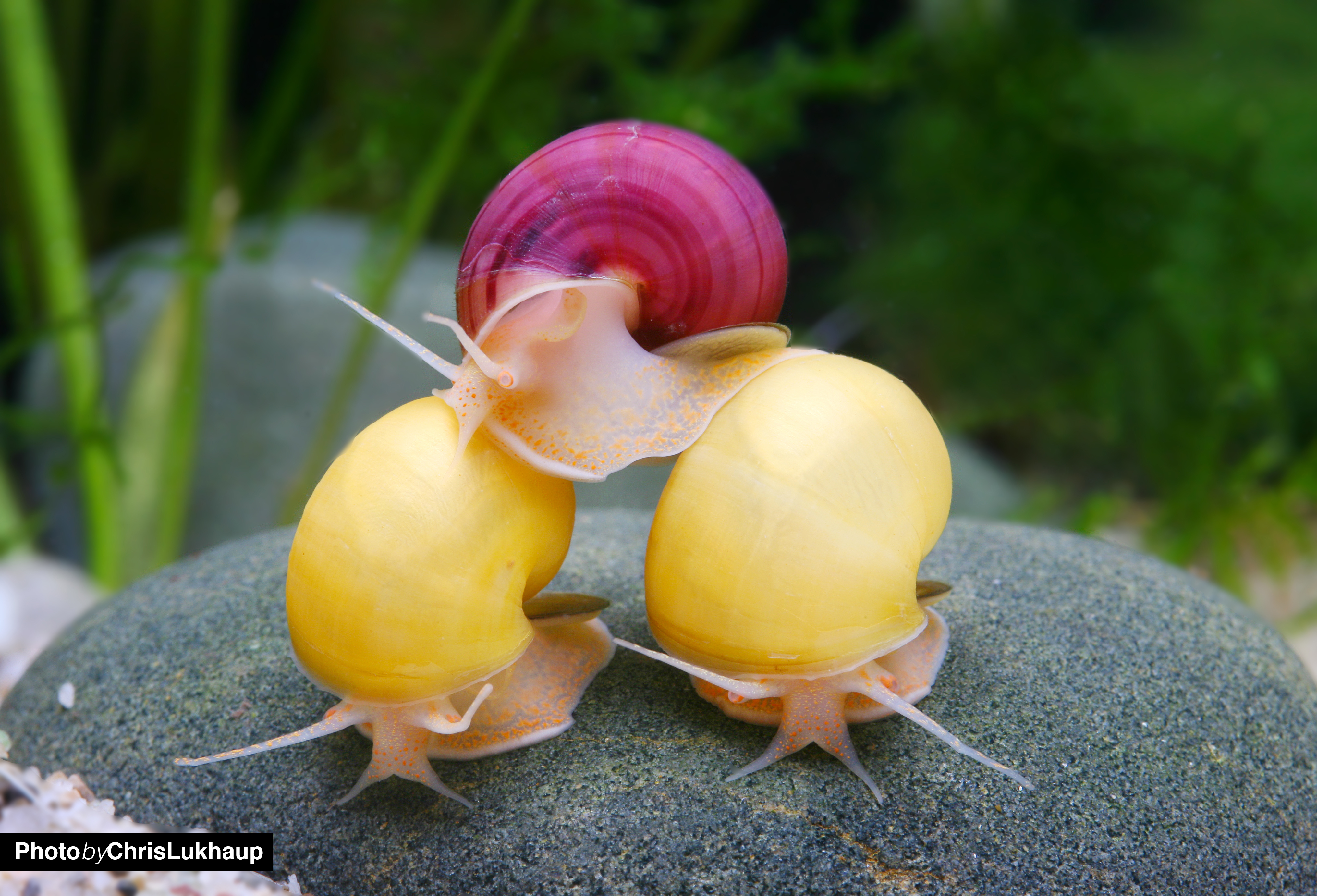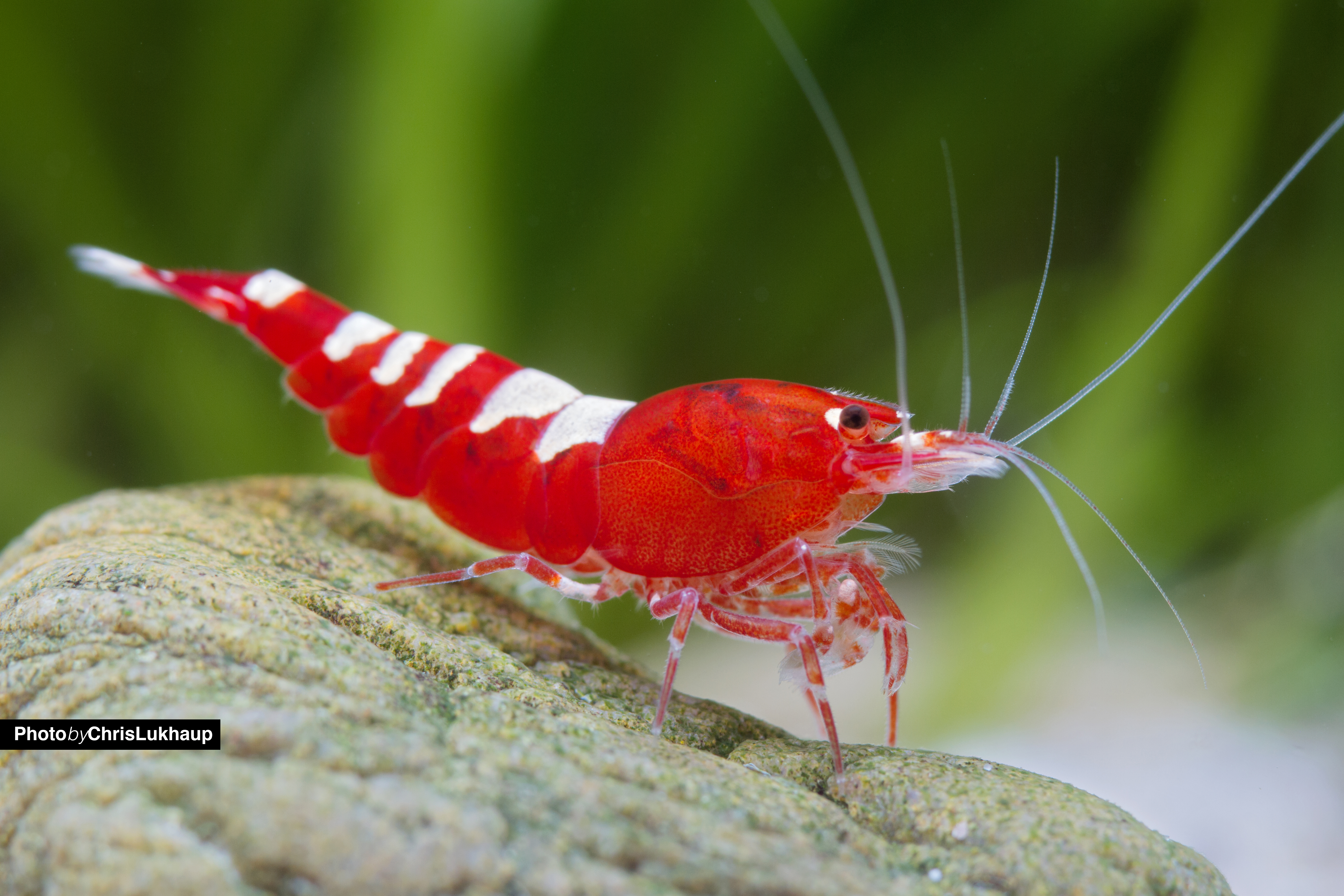The nitrogen cycle in the shrimp aquarium
The nitrogen cycle in the shrimp aquarium
Organic waste is constantly produced in a shrimp aquarium. Food remains, dead plants, shrimp excrement and possibly even dead animals release protein compounds into the water. Ammonium (chemical formula: NH4) is initially formed from these during decomposition. At pH values above 7.5, part of the ammonium is converted into ammonia (NH3). Ammonia is very toxic to the aquatic animals in our aquariums.
Sufficient nitrite-degrading nitrate bacteria are needed !
NH4 and NH3 are preferentially taken up by the plants, but most of it is metabolized to nitrite (NO2) by the so-called nitrite bacteria or nitrifiers. The bacteria that break down ammonium in the aquarium are Nitrosomonas, Nitrosococcus, Nitrosospir, Nitrosolobus and Nitrosovibrio. Nitrite is also taken up by plants, but usually not in sufficiently high amounts. Therefore, it is important to have sufficient nitrite-degrading nitrate bacteria (Nitrobacter, Nitrospira, Nitrospina and Nitrococcus) in the aquarium to break down nitrite to nitrate (NO3). For these reactions to take place, all these bacteria need oxygen. Actually, they are soil bacteria that can survive underwater.

The nitrite is also absorbed by the plants, but usually not in sufficiently high amounts.
Nitrate in the shrimp aquarium
Nitrate may be a relatively harmless substance for fish, but for shrimp it can cause difficulty molting at higher concentrations. This is only about 20 mg/l for shrimp originating from fast-flowing, clean streams such as bee and tiger shrimp; for shrimp originating from more organically polluted waters such as Neocaridina, this is about 40 to 50 mg/l.
Water change
Too much nitrate is best removed from the aquarium by regular water changes. Plants do consume it as well as nitrite and also ammonium, but depending on the supply of other nutrients and light levels, this may not be enough and high concentrations may accumulate in the tank.

Larger aquarium snails such as apple snails produce a lot of organic waste due to their high metabolism
Start-up time shrimp aquarium
In a newly set up aquarium, the bacteria must first multiply, so at the beginning of the so-called run-in period, you will first notice increased ammonium and ammonia levels. This phenomenon is called ammonium peak - "peak" is English for summit, peak. This ammonium peak causes the nitrite bacteria to find more food and begin to multiply. As a result, their metabolic end product nitrite (NO2) rises sharply: the nitrite peak. The nitrate bacteria that metabolize nitrite then multiply and break it down into nitrate. To get this process going in a freshly set up aquarium, you can add one or two chunks of fish or shrimp food.
Healthy bioflora in the shrimp aquarium
In a well established and stocked aquarium, the number of bacteria is adapted to the amounts of each substance produced. In a running system you will hardly find increased values except for the end product nitrate. If you find too high concentrations in the aquarium and therefore an imbalance, you can animate it - newly set up tanks as well, of course! For this purpose you can buy appropriate products, which contain a large spectrum of permanent forms of these bacteria, from which the very own bioflora of the tank develops. It is not quite as advisable to add mulm from a running tank to the aquarium, as is still recommended. Since each system develops its own adapted bioflora, you may only be introducing a very small spectrum of bacteria that can only develop to a limited extent.

It is not quite as advisable to add mulm from a running tank to the new shrimp aquarium.

toller Bericht
Vielen Dank für den Bericht, sehr aufschlussreich und Informativ.